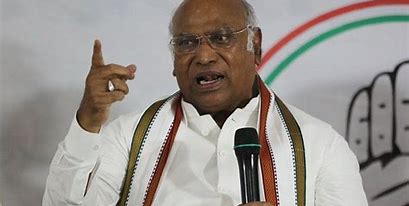Artificial rain is a sensitive and policy matter but it can be used to serve humanity during critical times, said Union Minister Kiren Rijiju on Tuesday.
During an interaction with reporters, Rijiju, who is the Minister of Earth Sciences, said that “we should not play with nature” while noting the moral difficulty regarding artificial rain as inducing rain in an area can lead to desertification in another.
“Weather management… it sounds unnatural and threatening… We should not play with nature. But at this critical time for the survival of humanity, we can use it if required. If we want to block the flow of monsoon here, it can cause desertification somewhere else,” he added.
“If my action is going to harm somebody, how can you justify it? It (artificial rain) is a very sensitive matter and a policy matter as well,” Rjijiu said.
The minister was interacting with reporters following the unveiling of a new logo commemorating 150 years of the India Meteorological Department (IMD).
Artificial rain is also known as cloud seeding and it is a weather modification technique that aims to stimulate precipitation.
Secretary, Ministry of Earth Sciences (MoES), Ravichandran, meanwhile, said there is a need for a policy regarding artificial rain.
“There is a system available (for artificial rain); there is a technique available… (we need to understand) how to use it and where to use it,” he said.
“We need to bring out a policy (on artificial rain) because artificial rain means somebody’s gain and somebody’s loss. We have to think about all the policies and what we have to do (We need to think). How much we have to do and whether we need to do it we need to work out. Definitely, we are looking at it,” he added.
Replying to another question on extreme weather events like cloudbursts, Rijiju said the government has a plan to install a lot of observatory systems in regions prone to cloudbursts to observe the pattern of these events.
This will help in forecasting the cloudbursts.
“There are some incidents that brought some disaster, like the glacial burst in Sikkim and the cloud burst that happened in Himachal. We saw huge damage and loss of lives many times.”
“We are working on cloudbursts so that we can predict. As of today, there is no technology in the world to predict cloud bursts. We are looking for some mechanism where we can install lots of observatory systems there. Everything depends on observations, and modelling and then forecasting. We are enhancing our capacity to observe these patterns.
On October 4, a cloudburst in the glacial South Lhonak Lake of North Sikkim triggered a flash flood in Teesta. It left at least 42 people dead and thousands displaced, inundating villages and towns.
Amid attacks from the Tamil Nadu government for not predicting the magnitude of the rains that lashed the state last week, Secretary Ravichandran said no forecasting model, including that of the USA, Europe or Japan, could predict this type of weather pattern.
“Tamil Nadu, whatever they (IMD) had forecast, they said very high rainfall. Beyond that, we cannot say that this is going to happen… It (rainfall) is an evolving process. With 90 cm of rainfall, nobody expected it and no model could predict it. It is not only the Indian (forecasting) model we are looking at, but we have also looked at Europe, the USA, India and Japan, and no model could capture this kind of pattern,” he said.







